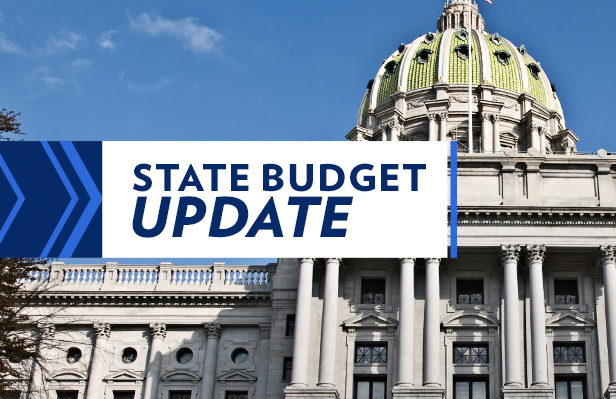Media

With Details, Wolf Budget “Framework” Looks Even Worse
Now that the Pennsylvania Senate has begun passing legislation, taxpayers can finally see what’s in Gov. Wolf’s “framework” for a new budget. Based on the passage of SB 1073 and SB 1082 today in the Senate, here are five things we know about the budget framework:
1. Excessive Spending Growth. The $30.788 billion budget represents spending growth of 5.4 percent over last year’s budget. Even including items shifted off budget last year, this amounts to an increase of $500 million more than inflation and population growth.
2. WAMs are back. The budget passed by the Senate includes a $103 million increase (51 percent) in Community and Economic Development spending. This includes several line-items identified as WAMs and eliminated in previous budgets.
WAMs (or “walking around money”) are slush funds used for special projects, usually controlled by legislative leaders. In the past, they’ve been used to buy votes and have been the abused with rampant corruption.
3. Problematic pension reform. The revised pension bill included a side-by-side hybrid, with a smaller defined benefit pension and a defined contribution component. This reform is weaker than SB 1 (vetoed by the governor) and while a step in the right direction, doesn’t get the politics out of pensions.
Here’s the positive: For current employees, the legislation would alter the calculations for “lump sum withdrawals” (the money employees can take in one single payment when they retire, with a reduced pension) and the calculation of “average final salary.”
On the negative side, the bill underfunds pensions. The proposal reduces collared contribution rates, which further underfunds the pension plan and adds an estimated $500 million to its unfunded liability.
Moreover, the bill suspends the provision that all pension bills have an actuarial note attached before being voted on. Actuarial notes summarize any changes that would occur and estimate the cost to taxpayers. This is a stunning lack of transparency.
4. No privatization in “liquor privatization.” The Senate liquor plan—which has been reported on but not yet passed—strips out many of the components of “privatization.” For starters, it would retain the government monopoly over the wholesale side—every retailer would still have to buy wine and spirits from the PLCB. Instead, there would be a “study” to recommend whether the state should privatize wholesale liquor sales.
This monopoly gives a few bureaucrats power to determine what can be sold in Pennsylvania, maintains the conflict of interest whereby the state sells and controls alcohol, and has led to numerous cases of corruption and bribes.
Restaurants and bars would be able to sell wine (and only wine) to-go, while beer distributors would also be able to sell wine and spirits. There would be no new liquor licenses for grocery stores or other private retailers. State stores would remain open in perpetuity.
5. Higher Taxes. We know there will be higher taxes. We know this will include some broad-based tax increase to generate the $600-$700 million needed to pay for the spending.
We don’t know what taxes will go up. There is no agreement on a tax plan; that is, the Senate passed a budget without the revenues to pay for it.
It’s unclear if there is support in the Senate to pass a tax hike, and very clear signs there isn’t support in the House for a tax hike of this magnitude.
To see how your senator voted, here is the roll call for SB 1073 and SB 1082.